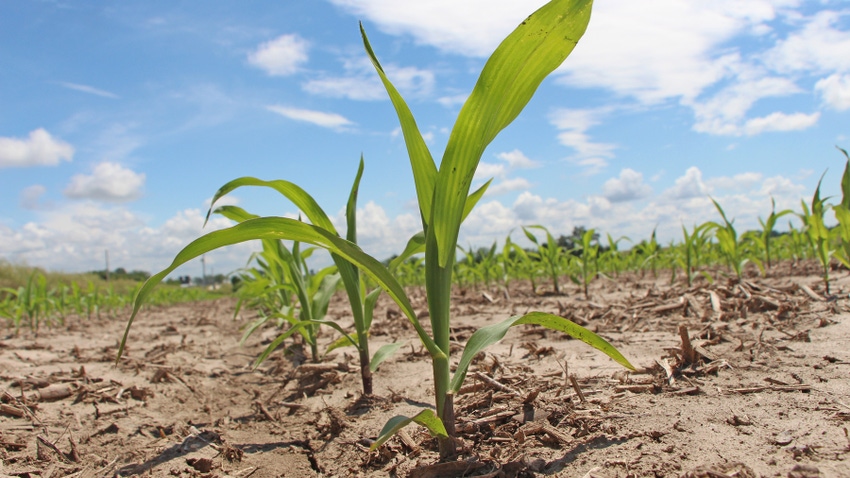
David Hula holds the record for corn production at 616 bushels per acre, but you planted the same hybrid on your farm and yielded nowhere close to that number. So why is it that one hybrid performs well in some areas but not others?
According to Stephanie Smith, agronomy manager for Golden Harvest, it comes down to a formula — genetics x environment x management = yield.
Let’s get the obvious out of the way. In the case of Hula, corn genetics is personal preference, his environment varies from yours, and management is hyper-focused on small acreage. But can you adjust any or all three parts of the formula to achieve the same results on your farm?
Smith says it is unlikely. Rather, it is about choosing the right corn hybrid, creating a productive growing environment and managing the crop all season long to achieve the highest yield available on your farm. In other words, stop comparing yourself, your farm and your yields to every contest winner and discover the best fit for your field.
Genetics role in crop performance
When it comes to corn seed, Smith finds that many farmers look at the basics — which ear has the most corn rows around by the longest length by the biggest kernel size. But selecting genetics for purely yield may not be the right choice.
Farmers need more than one production trait in seed genetics, Smith points out. Golden Harvest tests for hybrids that work best with population, fungicide response, stability, seed treatments, and insect and disease control, all the way to biologicals and response to cover crops.
These different factors go into placement of genetics based on a farmer’s needs, she adds, but choosing the right corn hybrid should complement the other two factors in the formula.
Start with the soil environment
Farmers must sample soil to get the most out of any seed genetics package, Smith notes.
Finding out where the soil environment is at and where it can be built is crucial to crop success. Looking at organic matter, pH and potassium levels can affect which corn hybrid you plant on a field.
“The first and easiest thing you can do to affect ROI on your farm, outside of tiling, is getting pH correct,” Smith explains. “At 6.8 on the pH scale is when you have the strongest natural release of fertility within the soil. If that drops to about 6.3, you can readily see you may start to have some phosphorus issues; you might start to have some magnesium issues.”
For potassium to optimize the cation exchange capacity, or CEC, Smith says aim for saturation levels closer to 4%, but if you can stretch it to 6%, that is even better for iron saturation. She also warns to look at magnesium levels depending on where you farm. In the eastern Corn Belt, magnesium is too high and can tie up other nutrients such as calcium.
“It doesn’t matter if you plant the world’s best hybrid.” Smith says. “If we have these soil test that are out of balance, it’s going to be very difficult for us to be able to achieve yield results.”
Fine-tune management practices
When it comes to management, finding the right times of the year to apply nutrients that truly affect yield can be difficult.
“The proper pounds per bushel of nutrient we need to start is very, very critical,” Smith notes.
She recommends farmers look at the AgPhD Fertilizer Removal by Crop app, which provides a baseline for how many pounds of nutrients you need on a given farm based on yield goals. It is available for all Apple and Android smartphones.
“Yield just doesn’t happen,” Smith says. “If you don’t feed that crop to get the yield expectation, you’re shortchanging yourself.”
Smith says working with a trusted seed adviser can help navigate this formula in 2023.
About the Author(s)
You May Also Like






